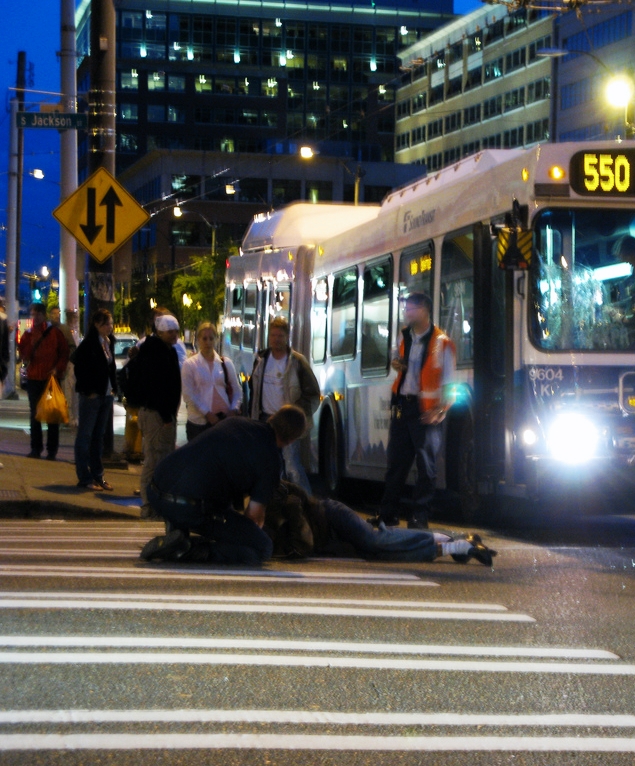Getting on a bus means going on an adventure. Sure, buses take students to school and adults to work, but they can also take people on fun adventures like field trips to The Detroit Zoo or to the Tigers game! However, many people are wary of bus transportation at the moment because, within the last week, several horrific bus accidents have been reported in the news.
One devastating bus accident revolved around a Canadian hockey team on their way to a playoff game. The travel bus containing 29 passengers collided with a tractor-trailer, killing 15 of the passengers aboard, CNN reported.
A second crash within the same week as the Canadian hockey team bus crash, revolved around a charter bus accident that took place in New York. The charter bus was taller than the overpass it was attempting to driver under, which lead to the whole roof of the bus being sliced off. Dozens of students have been injured, some severely, in the New York charter bus accident, as reported by USA Today.
The New York Times reported another school bus crash on Monday, April 9, 2018 which involved 23 school children from ages 4-12, and 4 adults. This third bus accident took place in India and there is no known exact cause for the bus crash, as investigators have just begun their research into the crash.
These horrific bus crashes prove that bus accidents can happen anywhere, at any time, and for any reason. Since 2 of the 3 bus crashes were school bus accidents, The Michigan Law Firm, PC blog wants to focus on the importance of school bus safety. The Pennsylvania Department of Transportation provides the following school bus safety tips for parents and students to keep their school commutes safe:
SCHOOL BUS SAFETY TIPS
Get to the school bus stop five minutes early, so you won't have to run across the road to catch the bus.
When waiting for the bus, stay away from traffic. Line up at least five giant steps away from the curb or the roadway to wait for the bus.
Never run after the school bus if it has already left the bus stop.
Never push when getting on or off of the school bus.
Always walk at least 10 feet in front of the bus when crossing so that the school bus driver can see you.
Be aware - Cross with Care! Wait until the school bus has stopped all traffic before stepping out onto the road.
When the school bus is moving, always stay in your seat. Never put your head, arms or hands out of the window.
Talk quietly; do not distract your school bus driver.
If your school bus crosses railroad tracks, be calm and quiet so that your driver can listen for a train. Always obey your school bus driver's instructions, so that he or she can make safe decisions.
Never play with the emergency exits. Backpacks, band instruments, or sports equipment may not block the aisle or emergency exits. If there is an emergency, listen to the driver and follow instructions.
When getting off of the school bus, make sure that all drawstrings and other loose objects are secure so that they don't get caught on the handrail or the door.
Never cross the street behind the school bus.
If you leave something on the bus or drop something outside of the bus, never go back for it. The driver may not see you and begin moving the bus.
Never speak to strangers at the bus stop and never get into the car with a stranger.
Following these school bus safety tips may help students get to and from school safely, but as we learned this week, not all bus accidents can be fully prevented. It’s always important to take safety precautions when operating or riding in any type of motor vehicle. The Michigan Law Firm, PC sends our deepest condolences to all those involved in the above-mentioned bus crashes, and well wishes to any bus accident survivors.
If you or anyone you know have been in a bus crash, or any type of motor vehicle accident, please contact The Michigan Law Firm, PC at 844.4MI.FIRM, for a free legal consultation with an experienced attorney.















